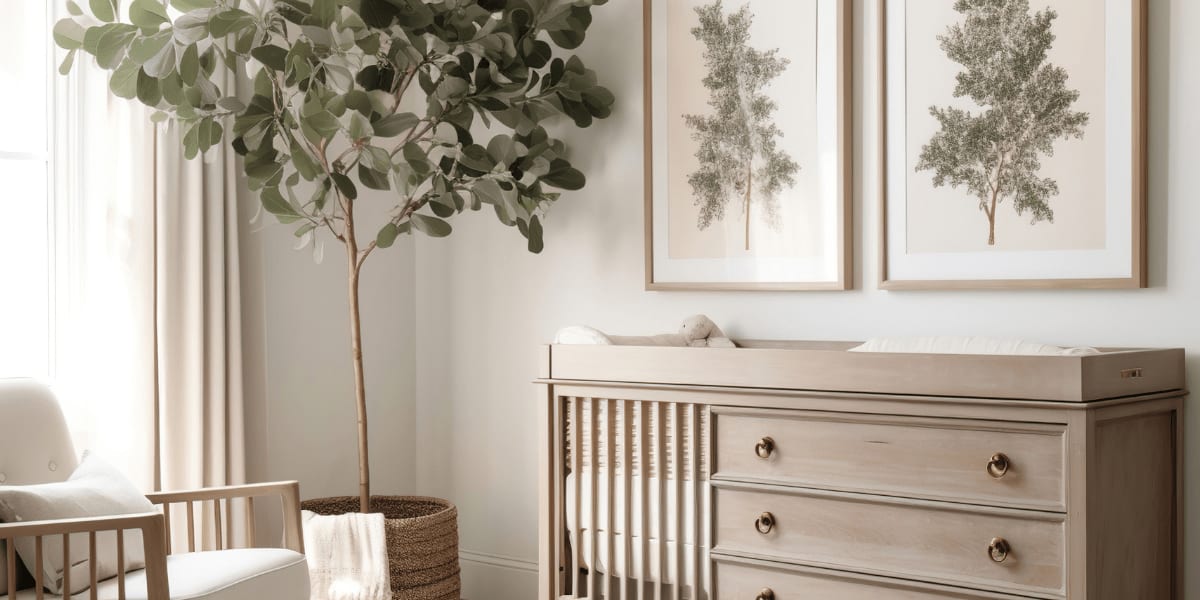Creating a Safe Sanctuary for Your Little Explorer
Atlanta Real Estate

Atlanta Real Estate

Welcoming a new baby into your family is an incredibly joyful time, filled with anticipation and countless preparations. One of the most critical tasks for any parent or caregiver is ensuring the home environment is safe for your curious new arrival. Baby-proofing can seem daunting, but with the right guidelines, you can create a safe space that lets your little one explore without worry. Here’s your comprehensive guide to turning your home into a secure sanctuary for your child.
---
General Home Safety
---
Kitchen Safety
---
Bathroom Safety
---
Living Room Safety
---
Nursery Safety
---
Outdoor Safety and Pets
---
Final Thoughts
As your child grows and begins to explore more actively, your baby-proofing needs will evolve. Regularly revisit each area of your home to adjust safety measures as needed and stay informed about product recalls and safety updates.
Baby-proofing is more than a set of tasks; it’s about creating a safe, loving environment where your child can grow and thrive. Remember, while safety devices are crucial, the best safety measure is vigilant supervision.
Feel free to share your own tips or ask questions in the comments below—let's keep the conversation going to make every home a safe place for our little explorers!
Search homes for sale, browse things to do, and discover neighborhood demographics in Atlanta's best neighborhoods.
Stay up to date on the latest real estate trends.

Exploring Green Oasis: Unveiling the Charm of Brookhaven Parks.

A Guide to Brookhaven Architecture.

Exploring the Diverse Neighborhoods in Brookhaven.

Atlanta Real Estate
The Essential Guide to Baby-Proofing Your Home

Where to get your retail therapy.

Exploring the Charm Beyond Brookhaven.

Chamblee and Brookhaven Restaurants
A plate-by-plate adventure.

Unveiling the Green Gems of Brookhaven, Atlanta.

Exploring Nature's Oasis: The Allure of Hiking in Brookhaven.
From conducting thorough consults to project-managing upgrades to personally staging homes and catering the marketing to the style of the house, Heather’s clients are treated to a guided, cared-for process in which they are a relationship, not a sale.